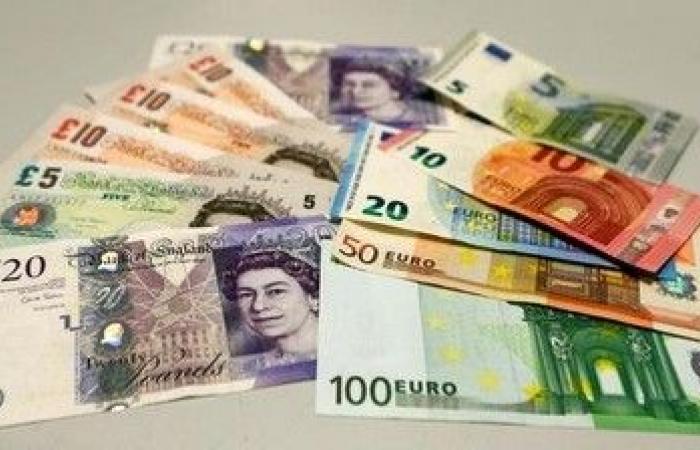The dollar weakened moderately against the euro on Monday as the common currency recovered from more than one-month lows hit last week amid political turmoil in Europe.
The euro rose 0.1% to $1.0718 on Monday, rebounding from a six-week low of $1.066775 hit last week following news of a flash parliamentary election in France.
European markets came under pressure after President Emmanuel Macron called for a
flash elections
following the defeat of her ruling centrist party by Marine Le Pen’s eurosceptic National Rally in the European Parliament elections.
Investors priced in the risk of a budget crisis in the heart of the euro zone, as far-right and left-wing parties gained momentum ahead of France’s snap parliamentary elections, putting pressure on Macron’s centrist administration .
Le Pen sought to allay some of these fears over the weekend, saying she will not call for Macron’s resignation and that she is “respectful of the institutions,” in an interview with Le Figaro.
Even after French financial markets suffered a brutal sell-off late last week, European Central Bank policymakers have no plans to discuss emergency purchases of French bonds, five sources told Reuters.
“As French markets have started to stabilize a bit since last week, the euro has responded with a slight touch of recovery,” said Helen Given, FX trader at Monex USA in Washington.
Given, however, said the trend remains in favor of the dollar.
“If US retail sales turn out weaker than expected tomorrow, as most US data has in recent sessions, we could see a more substantial turnaround, but the underlying dynamic of the pair is driven very heavily by geopolitics at the moment,” he said.
US import prices fell for the first time in five months in May. The unexpectedly benign report from the Labor Department on Friday, coupled with other recent data showing mild inflation readings, helped keep a September interest rate cut by the Federal Reserve on the table.
The dollar index, which tracks the U.S. currency against a basket of six currencies, was about flat at 105.52, around its highest since May 2.
The Fed released updated projections last week, which showed that the median forecast of all 19 U.S. central bankers was for a single interest rate cut this year.
Minneapolis Federal Reserve President Neel Kashkari said Sunday it was a “reasonable prediction” that the U.S. central bank would cut interest rates once this year and would wait until December to do so.
Sterling slipped 0.13% to $1.26715 on Monday, approaching a 1-month low of $1.26575 hit in the previous session, ahead of this week’s Bank of England policy meeting.
Britain’s inflationary pressures still appear too hot for the Bank of England to cut rates at its June 20 meeting, with a majority of economists polled by Reuters predicting the first cut will not come before August 1.
Meanwhile, the yen remained stuck near 34-year lows against the dollar after the Bank of Japan pushed through cuts in bond purchases on Friday. The dollar rose 0.3% to 157.895 yen.
Traders are waiting for signs of possible intervention by the Japanese authorities to support the yen.
“All fundamentals of the pair are in favor of the USD at the moment, and while some volatility remains, the overall trajectory has been more stable than what we saw in March and April,” Monex’s Given said.
“I would expect to see rhetoric from currency officials heat up around the 160 mark, but as things stand it would take a lot for BoJ officials to fund another intervention – at some point, it may no longer be worth it,” he said. said.






